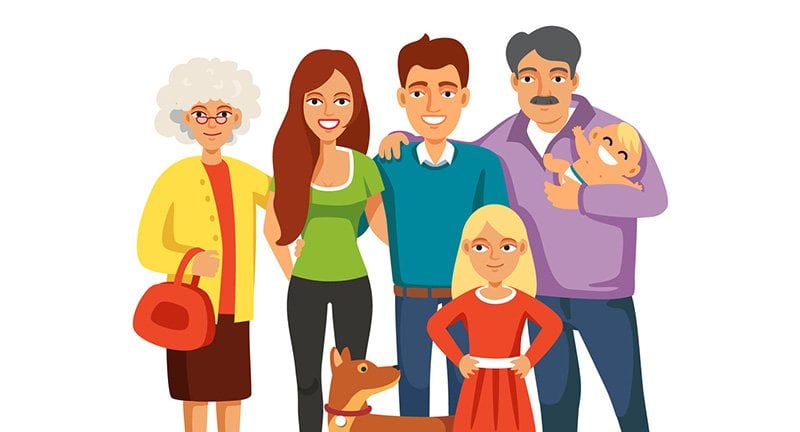The number of generations living under one roof in the U.S. is growing, according to new analysis from the Pew Research Center. In its latest report, Pew says the number of households with two or more adult generations cohabiting hit a record high in 2016.

The report, which was based on U.S. Census Bureau data, found that 20 percent of households - equivalent to 64 million people - are now "multi-generational", HousingWire reported.
The multigenerational household trend appears to be growing across nearly all racial and age groups, the Pew Research Center reports. A specific increase in Asian and Hispanic populations does make up a significant part of the boost—both ethnic groups are more likely to live in multigenerational households than white households. About 29 percent of Asians lived in a multigenerational household in 2016 compared to 27 percent of Hispanics, 26 percent of blacks, and 16 percent of whites.
Also, millennials are the most likely age group to live in a multigenerational household. Thirty-three percent of those ages 25 to 29 live with their parents, according to Pew Research’s analysis. But a greater number of older adults are starting to live with their adult children too. Twenty-four percent of those aged 55 to 64 are living with their children, and 21 percent of those ages 65 and older are living with their children or adult grandchildren, according to the analysis.
Builders have been trying to prepare for the growth in multigenerational living, such as by introducing new floor plans that include mother-in-law suites, two main floor master bedrooms, or backyard cottages.